Making Stroke Prevention the Mainstay of National Stroke Strategies
20 May 2022How can digital tools support stroke prevention primary and secondary prevention
How can digital tools support stroke prevention primary and secondary prevention
According to a recent WSO analysis, the annual global cost of stroke looks set to hit US$1 trillion by 2030. While treatments for stroke have advanced considerably in recent years, scaling up care in low- and middle- income countries, where the burden of disease is growing fastest, is a particular and complex challenge. While working to ensure equitable access to quality stroke care remains a priority that the World Stroke Organization is seeking to address, prevention is always better than cure. Not one of the 12 million people who have a stroke this year wanted this to happen to them and equally no government wants to spend resources on a healthcare crisis that can be addressed at source. This is why WSO advocates strongly for low-cost, population level prevention to be a mainstay of national stroke strategies.
We know what causes stroke - 90% of strokes are linked to 10 modifiable risk factors including hypertension, smoking, overweight/obesity, exercise and alcohol – all of which are linked to other non-communicable diseases including heart disease, dementia, diabetes and cancer. We have strong evidence of where the issues are in the system and how these can be addressed. Cut Stroke in Half, WSO’s flagship policy initiative, provides a clear roadmap for policy makers that combines population-wide strategies that would reduce stroke incidence for those at low and medium risk where 80% of strokes currently occur.
The key pillars of Cut Stroke in Half include reducing exposure to stroke risk factors, implementing motivational digital and mobile technologies, facilitating access to low dose combination medications in a single poly-pill for specific groups, and stroke prevention training and deployment of community health workers.
The growth in mobile health technology has provided millions of people with tools to identify health risks, monitor activity levels, track changes in health status and motivate behaviour change. However, for stroke prevention on a global scale, digital and mobile technologies are not unproblematic. Device ownership, app and data costs can act as a barrier to access in low-income communities which can exacerbate access and health inequalities. There are also some recognized issues in relation to reliability of publicly available apps. A recent review of digital app-based technologies available for stroke prevention - of which there are 2369 – found that only 20 meet basic criteria, are scientifically sound and have evidence-based content for users.
So, while WSO recognizes the potential for stroke prevention it has committed to generating further evidence of apps such as the StrokeRiskometer - which is based on evidence of stroke risk – can be effectively integrated into public health programs in low- and middle- income countries. A pilot program in Brazil has delivered community health worker cohort training and specific training in the use of the StrokeRiskometer to conduct individual risk factor assessments -including hypertension, cholesterol, blood sugar and atrial fibrillation screening, to support evidence-based interventions supported by community and primary healthcare teams, to cut stroke risk in half. Participants in the pilot will be monitored to track risk over time and to assess the potential of a ‘mixed-model’ approach to digital technology in public health.
WSO Global Policy Committee Co-Chair Prof Valery Feigin of AUT, where the team that developed the StrokeRiskometer are based, has also been working to address a specific gap in the provision of evidence-based digital tools to support primary care practitioners to identify and address stroke and CVD risk. The PreventS MD web-based app recently won a WHO Innovation Award West Pacific. PreventS MD seeks to address the challenges that primary care physicians have in terms of available to time to individualise, document recommendations and monitor patient progress over time. PreventS MD allows primary care physicians to generate a 5- and 10-year absolute risk of stroke and CVD, identify specific risk factors and to demonstrate progress in narrative and graph formats. Using the app enables physicians to securely save and analyse data. The clinical app also allows for data gathered by patients or CHWs using the StrokeRiskometer to be integrated into a single patient overview. Used in combination the Riskometer and PreventS MD app could reduce stroke and CVD by 20%. By addressing shared risk factors these tools could also impact on reduction of dementia, diabetes and even some forms of cancer.
The World Stroke Organization plans to explore the potential and challenges of the burgeoning digital healthcare sector to advance the key issues in prevention, acute care and life after stroke support and to identify policy recommendations to support equitable access to care.
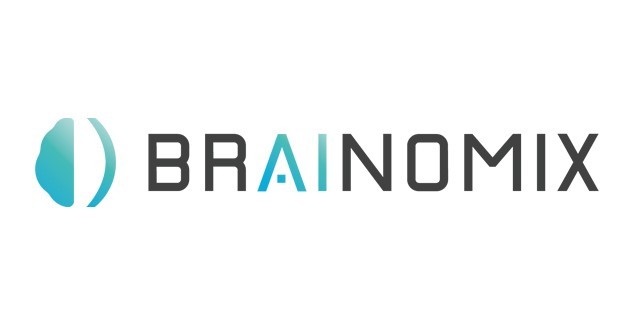 Corporate Supporters
Corporate Supporters
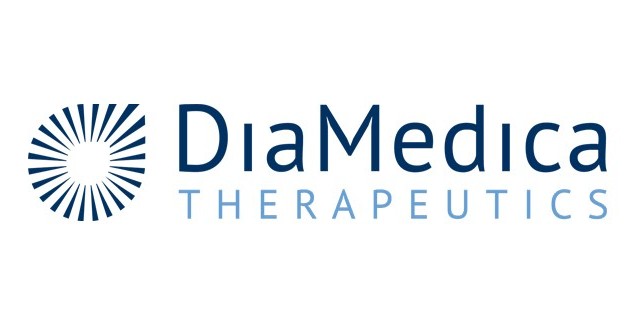 Corporate Supporters
Corporate Supporters
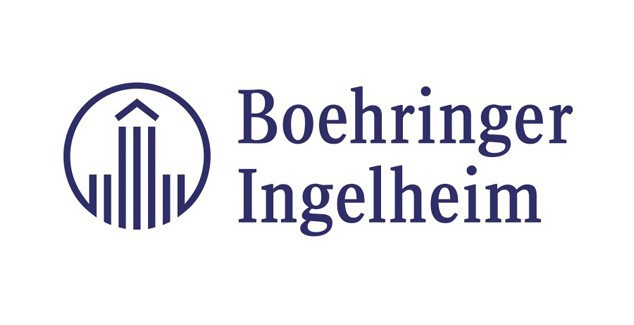 Platinum Plus
Platinum Plus
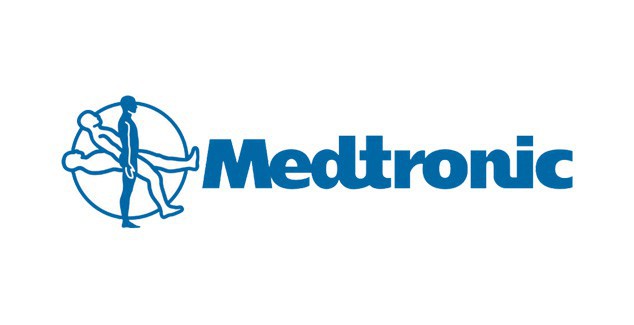 Platinum Plus
Platinum Plus
 Bronze
Bronze
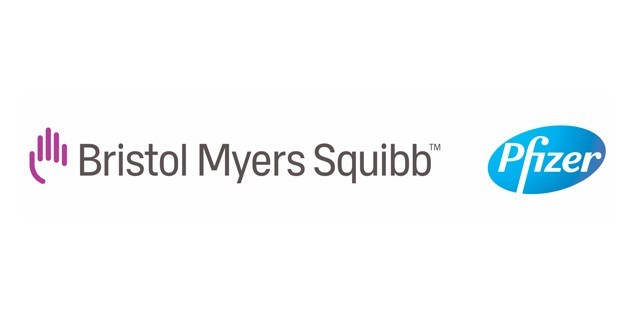 Silver
Silver
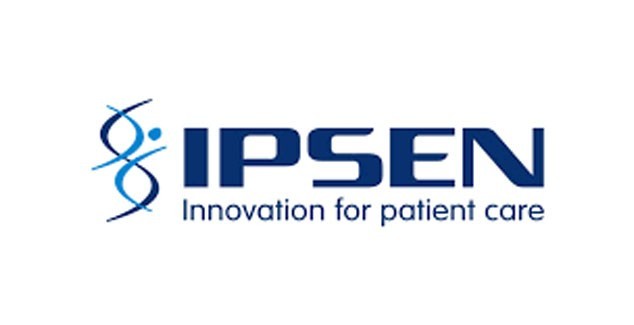 Gold
Gold
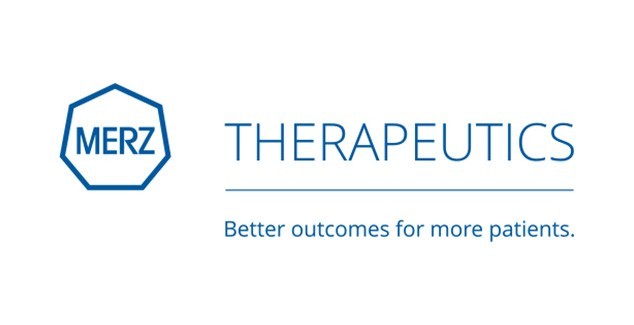 Silver
Silver
 Silver
Silver
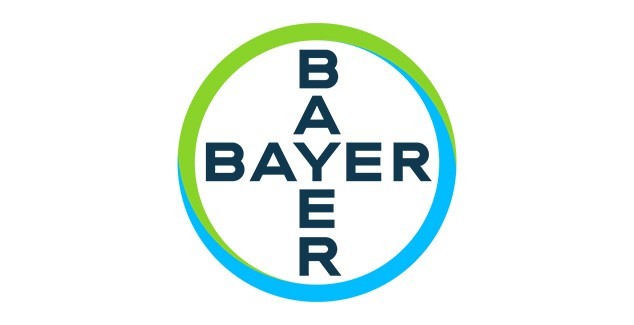 Bronze
Bronze
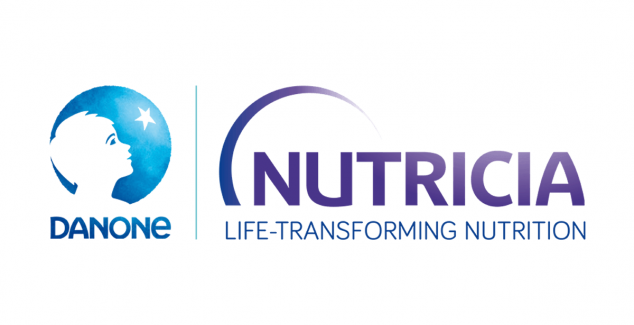 Bronze
Bronze
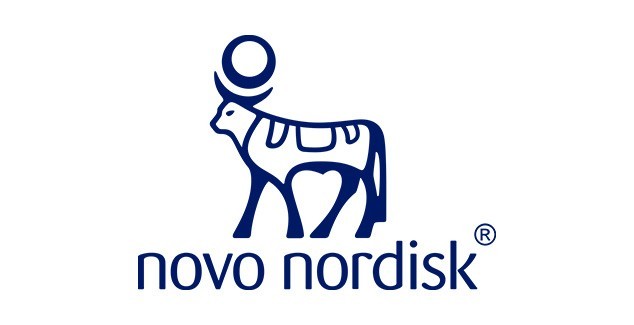 Bronze
Bronze
 Bronze
Bronze
 Silver
Silver